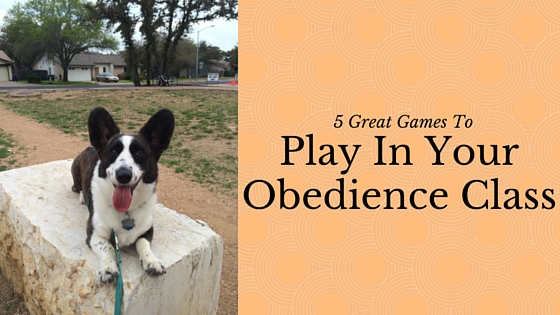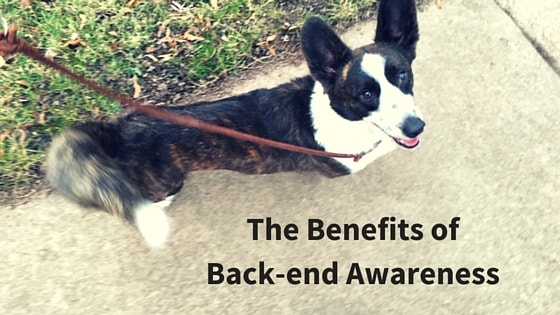5 Great Games To Play In Your Obedience Class
Fun Games To Play In Obedience Class With Your Clients
Obedience class can become repetitive and boring pretty quickly for our students if we do not make it fun for them. Games are a great way to get both the dog and the owners invested in training without making it hard for them. Both dogs and owners will be getting great recalls and loose leash walking without even realizing it due to some fun games. Here are five games that are great to play in obedience class to get our students excited about learning.
1. How Do You Sit?
This game can be played two different ways depending on your end goal. If you want to work on the speed of the dog’s sits, then you can set a timer for two minutes and have your handlers ask their dogs to sit as many times as possible in the two minutes while reinforcing each sit. Don’t forget to count your sits! This works on heavily reinforcing the behavior and can get your owner’s excitement up.
Another way to play is working on stimulus control and context. How many different ways can your students ask their dogs to sit and their dogs comply? You give the position and the students give it a try. Some examples may be, facing away from the dog, sitting down, bending over, doing jumping jacks, clapping their hands over their heads, etc. This is a fun one and really lets you know how well their dogs are understanding the behavior.
2. Relay Walks
This is a good way to practice loose leash walking in a fast paced environment. You can either have the handlers relay around a small obstacle course (weaving between cones or around objects), or have them hold a golf ball on a spoon. They must move down and back without dropping the golf ball. If the ball is dropped, someone will retrieve it and they must wait until the golf ball is back on their spoon. Whichever team finishes first is the winner.
3. Leap Frogs Down
This game is played in the similar fashion of the game Leap Frog. Split your class into two teams and have them gather at a start line. Have a set finish line. The team member that is up first must down their dog and have the dog hold a stay. The next member does the same thing. Each member goes down the line with a down stay until the last member performs the down. Now the first team member moves to the end of the line and repeats the down stay. The rest of the team follows. The first team to cross the finish line wins. If a dog gets up during the game, the whole team must go back to the start line and start over.
4. Recall Races
Have two dogs hold a stay and have the owners walk a good distance away. Have both dogs recall to their owners. Gates may be used for novice dogs who may veer from course. As the dogs get good at this game, begin to introduce distractions along the way, whether it is someone sitting in a chair, a ball on the ground, or even a treat. Work from easy distractions to hard.
5. Musical Hoops
This game can be played with many different things as the ‘safe zone’ such as, hoops, mats, towels, or low platforms. We will use hoops for this example. Set up hoops in a straight row, one less than the amount of dogs you have in class. Have someone play music while the students and their dogs walk around the hoops in an organized fashion. Students can use clicker/treats to reinforce. When the music stops, students and dogs must make their way to the hoop and get their dogs to perform a behavior requested by the instructor. Whichever dog is left that doesn’t perform the behavior in a hoop is out of the game. Remove a hoop and repeat. Repeat this until you have one dog left, he is the winner!
All of these games can be made harder as your students progress in the class. Keeping the students invested in learning and challenging them will help your students retain what they learned and want to train with their dogs. These are only a few games that can be played in obedience class. What are some other games that you enjoy playing in your obedience classes?
Get Dog Training Business Tips!
Receive valuable dog training business tips and resources every week! Subscribe to The Modern Dog Trainer now by submitting your name and email below.
[mc4wp_form]






